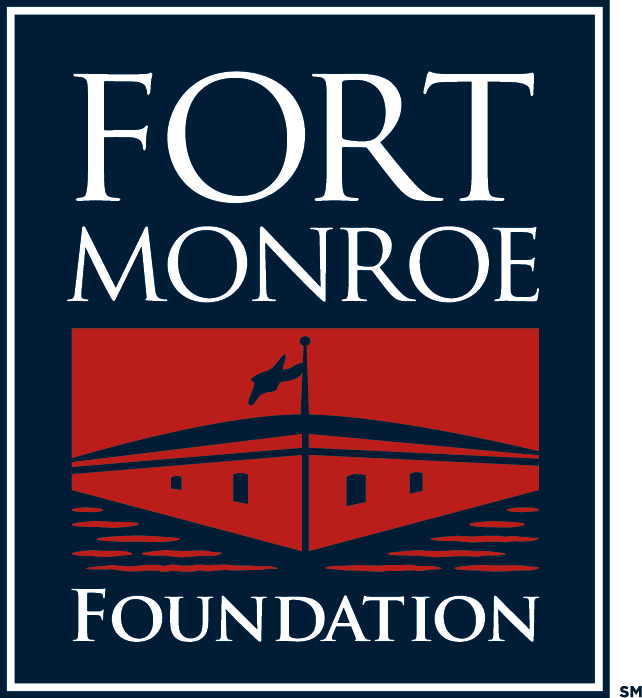Op-Ed: Fort Monroe as an American Public Landscape
Authored by:
Rex Ellis, PhD., Chair, Fort Monroe Authority Board of Trustees
Scott Martin, Chief Executive Officer, Fort Monroe Authority
No smartphone or virtual reality technology can replicate the emotional impact of connecting with our nation's places of memory. As the United States approaches its 250th anniversary,Americans are returning to these places where landscape and story meet.
Virginia’s American Revolution 250 Commission hosted the 2025 Fourth of July celebration on a landscape rich with story, Fort Monroe. The day began with Governor Youngkin welcoming one hundred new Americans taking their citizenship oaths beneath the limbs of the 500-year-old Algernourne Oak and concluded with a fireworks and drone show along the bayfront. Fort Monroe came alive in celebration of our country.
Moments like these show how public landscapes serve as cathedrals of civic life—sustaining a shared belief in the public good. This shared public good shapes the soul of cities, regions, and the nation itself. Colonial Williamsburg, the National Mall, and Atlanta’s Old Fourth Ward exemplify how America’s most meaningful public spaces illuminate our civic character.
Virginia’s decision to transform a historic US Army post into a public landscape was bold. This journey involved spirited debate, tireless advocacy, and hard-won progress. Leadership across four gubernatorial administrations yielded significant outcomes: the preservation of Fort Monroe as a public space open to all, its designation as a National Monument, major 21st-century infrastructure upgrades bringing new life to historic buildings, and the creation of a memorial to resilience that spans two continents and four centuries.
Fort Monroe’s next chapter begins with the creation of its first Landscape Action Plan—a long-term guide for its next century as a well-loved, well-cared-for, and well-visited iconic United States landscape.
We begin design thinking at Fort Monroe by honoring its "genius of the place"—the qualities that make this landscape exceptional. These 565 acres—known over time as Tsenacommacah, Point Comfort, Old Point Comfort, and Fort Monroe—are part of one of the world’s most ecologically rich estuaries. For over 10,000 years, this land has borne witness to profound human stories. Some are well known. Others remain hidden. Many more are yet to be written by those still to arrive.
Fort Monroe’s built environment containing 180 historic and registered structures has carried the nation through peace and conflict while Old Point Comfort’s bay-front amenities have hosted two hundred years of celebrations, reunions, weddings, and retreats.
It is time now to unify this landscape in service to the nation as an iconic American public space.
We begin guided by horticulturist and landscape designer Édouard André’s wisdom: "The first law of a work of art, either on canvas or on earth, is to be a whole."
Fort Monroe’s Landscape Action Plan will:
Create places where stories of freedom and survival, courage and conviction, service and sacrifice, loss and discovery, and wonder and reflection are experienced
Build on governing agreements and sacred obligations to care for historic structures, preparing for thoughtful renewal and new life
Rewild the land, giving native plants, birds, marine life, and wildlife space to thrive
Curate safe, inspiring, beautiful, and hospitality-informed guest experiences
Program the landscape where Virginia’s food, beach life, gardens, arts, wellness, community gatherings, and entrepreneurship can flourish
Ensure operations are sustainable—financially, ecologically, and socially
Elevate this landscape so that wonder, joy, and discovery are daily occurrences
Before design begins, we will reach out and listen to Virginians, reflecting their aspirations for this public place. Human—not artificial—intelligence will shape Fort Monroe.
We will collaborate with leading visionaries in the cultural landscape field, drawing design inspiration from extraordinary places like San Francisco’s Presidio, New York’s Governors Island, and Melbourne’s Fitzroy Gardens. We will bring lessons on revitalization from vibrant historic districts such as those in Charleston, Fogo Island, and Santa Fe. We will create a globally impactful landscape grounded in our Commonwealth’s unique history, culture, design, story, and ecology.
We will not be swayed by trends or short-term development as we know that the interventions we make today will shape Fort Monroe’s tomorrow.
We will work in humble service to the landscape’s distinguishing landforms and the legacy of its elders. Fort Monroe’s future must be worthy of its past.
Finally, to work at the scale required from public landscapes, we draw boldness and confidence from Daniel Burnham, architect of the 1893 Columbian Exposition. He wrote this about creating public landscapes that serve their communities as cathedrals of civic life:
"Make no little plans. They have no magic to stir men's blood and probably themselves will not be realized. Make big plans; aim high in hope and work, remembering that a noble, logical diagram once recorded will never die, but long after we are gone will be a living thing, asserting itself with ever-growing insistency."

